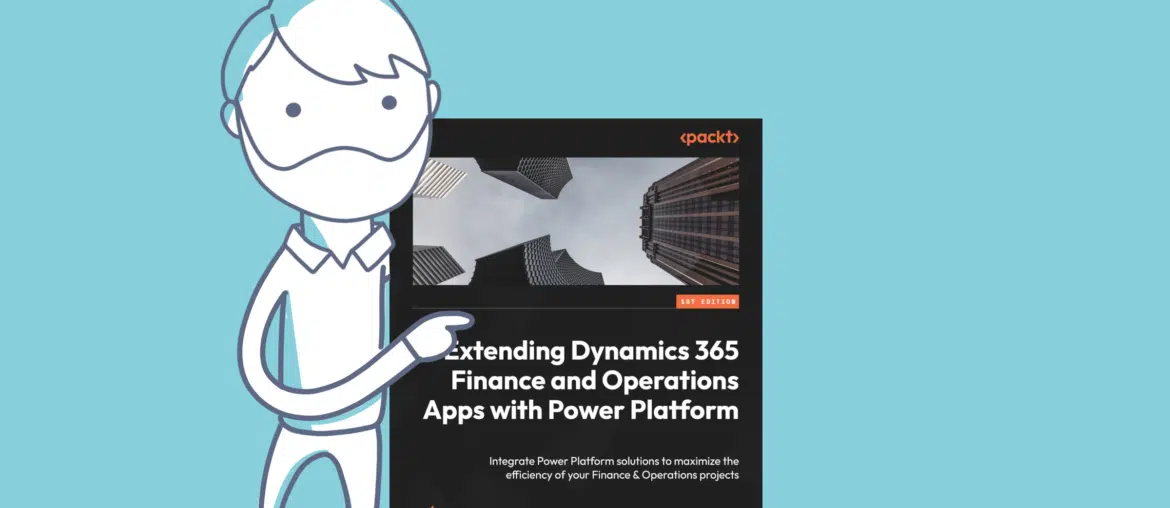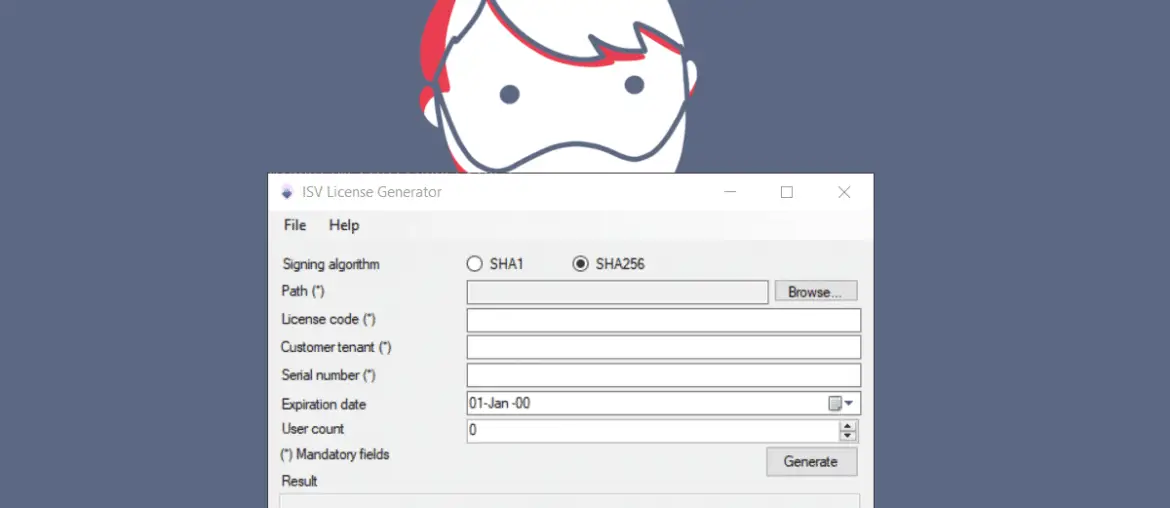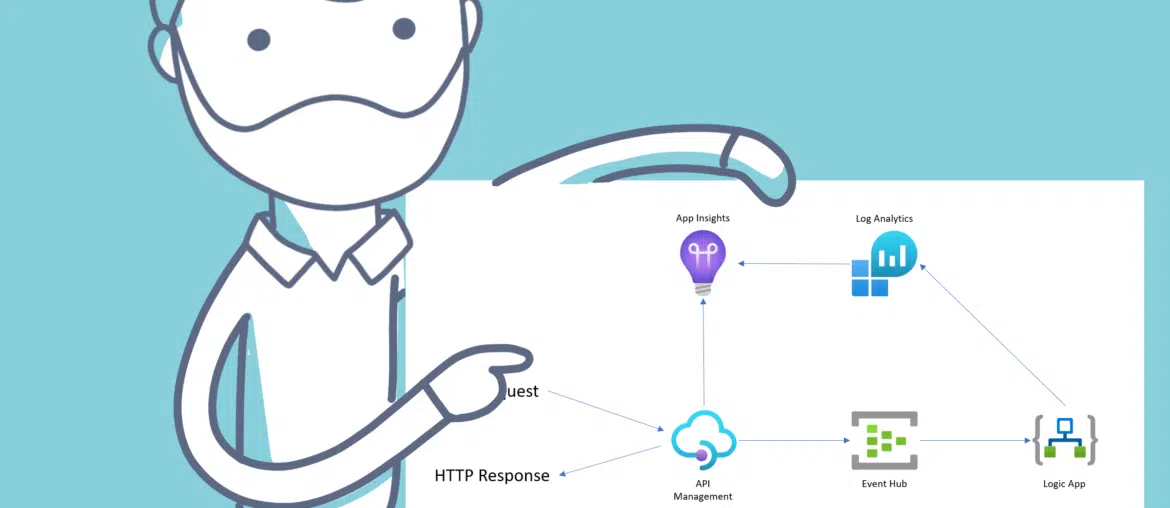Lately I’ve been testing some of the X++ features we can use to extend the Finance and Operations agent in Copilot Studio. One of these features is the X++ AI tools (formerly called AI plugins), which allow us to create Copilot Studio tools that call X++ business logic. Today’s post is a product of my lack of focus and my superpower of ignoring yellow notifications on PPAC. Also, thanks to Jared Hall for the hint…
I guess that most of my readers will already be aware of this, as I’ve been spamming LinkedIn with the news: I wrote a book!
The book is called like this post’s title: “Extending Dynamics 365 Finance and Operations Apps with Power Platform”. It covers some practical scenarios where I show how to use Power Apps, Power Automate or AI Builder with F&O data.
It also offers an introduction and overview into the Power Platform integration and F&O: linked environments, Dual-write, Virtual tables, Dataverse, PPAC, etc.
There’s a nice feature in Dynamics 365 F&O that lets us emit notifications when data is changed, created or deleted: the alert framework.
In this post, I will show you how to send the alerts as Business events and send emails notifying the users using a Power Automate flow.
When I was almost done writing this blog post, I found this blog post and video from Scott Gaines where he showed this scenario. Take a look at it for a clearer step-by-step guide: Using Dynamics 365 Finance and Operations Alerts to Trigger Power Automate Flows.
Yesterday I released a new version of ISV License Generator with full support for the SHA-256 hash function after fixing an issue with it.
What’s new in ISV License Generator?
In this new version the support to generate Dynamics 365 Finance and Operations licenses using the SHA-1 hash has been removed, and it will use SHA-256 by default as the AXUtil tool does.
Today we have a quick and easy X++ post where we’ll learn how to create an encrypted field in Dynamics 365 Finance and Operations.
Creating an encrypted field in Dynamics 365 Finance and Operations is a simple process that can help secure sensitive information in your application. By using an encryption key to encrypt the data, it ensures that the data remains safe even if it is accessed by unauthorized users.
It’s already that time of the year again, the Dynamics 365 and Power Platform 2023 Release Wave 1 plans have just been released!
The 2023 release wave 1 for Microsoft Dynamics 365 Finance and Operations is focused on improving the development, administration, and user experiences by removing barriers, tightening integrations, and enhancing cross-platform capabilities. This release will bring a range of new features and capabilities that will help improve the performance of the platform and enhance the overall experience for developers, administrators, and end-users.
The features described here are planned to be delivered from April to September 2023.
I’m back with additional information about Azure API Management! More Azure content, and I’ll probably continue to produce posts regarding Azure in the future.
I believe there are numerous ways to learn new things, and for me, two of them are writing blog posts and using new technologies to solve problems at work. Of course, my goal is to attempt to apply the Azure themes I write about to Dynamics 365.
Today, I’m presenting an architecture approach for integrations, leveraging API Management and various other Azure components, for Dynamics 365 or anything else that has an endpoint.
You can read the second part of this post: IaC with Bicep: deploy Azure API Management Architecture.
We’ve seen a lot of improvements to the product since it was released as AX7, and some name changes too 😝 And one of the areas where we’ve seen more enhancements is the batch framework.
And since the currently live last version of Dynamics 365 Finance and Operations, 10.0.28, we have a new feature that will be enabled by default for all new instances, and it will be enabled for all existing instances in 10.0.29: the priority-based batch scheduling.
Let’s talk about logs in Dynamics 365 Finance and Operations. And I don’t mean the built-in database logs we’ve had since the old Axapta days. I’m talking about plain logs, a table and a form to see how/why data is changing, or logging external calls to OData or custom web services endpoints in the ERP.
It’s something that I’m sure almost all developers at some point have had to do. The customer wants to record CRUD events, you suggest enabling the DB log, but the customer wants a new form to see the data. Or maybe you’re monitoring all the calls to your custom web services.
In today’s post, I want to talk about using Azure API Management (APIM) along Dynamics 365 Finance and Operations.
Azure API Management is a hybrid, multi-cloud management platform for APIs across all environments. This means that, after deploying an APIM account, you can create an API that can serve services from one system or multiple.









